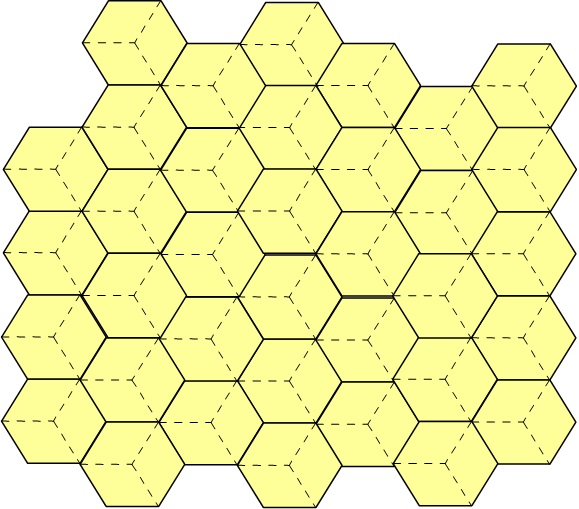Assignment:
|
Hardware Data
|
|
|
|
|
Frequency
|
F
|
(MHz)
|
1900
|
|
MS Transmit Power
|
Pm
|
(dBm)
|
30
|
|
MS RX Sensitivity
|
Sm
|
(-dBm)
|
104
|
|
MS Antenna Gain
|
Gm
|
(dBi)
|
2
|
|
MS Feeder Loss
|
Lm
|
(dB)
|
0
|
|
BS Transmit Power
|
Pb
|
(dBm)
|
37
|
|
BS RX Sensitivity
|
Sb
|
(-dBm)
|
110
|
|
BS Antenna Gain
|
Gb
|
(dBi)
|
18
|
|
BS Diversity Gain
|
Gd
|
(dB)
|
3
|
|
BS external Duplexer Loss
|
Ld
|
(dB)
|
0
|
|
BS Jumper/Connector Loss
|
Lj
|
(dB)
|
1
|
|
BS Combiner Loss
|
Lc
|
(dB)
|
0
|
|
BS TX Filter Loss
|
Ltf
|
(dB)
|
0.3
|
|
COMMON DATA
|
|
|
|
|
Feeder Loss per Meter
|
Lf/f
|
(dB/meter)
|
0.065
|
|
Log-normal Fade Margin
|
Mf
|
(dB)
|
5.4
|
|
Building Attenuation (Urban/Suburban)
|
Abldg ( Av)
|
(dB)
|
10/8
|
|
Vehicle Attenuation
|
A Vehicle (Av)
|
(dB)
|
6
|
|
Fast fading margin
|
Rfmargin
|
(dB)
|
3
|
|
Interference Margin
|
Mi
|
(dB)
|
2
|
|
Body Attenuation
|
Ab
|
(dB)
|
3
|
A Potential client has asked you to predict the number of cells necessary to cover 100 square miles. The area the client wished to cover compromises 5 sq miles Urban, 25 sq miles, Suburban and the remainder rural. For urban areas the client can acquire 30 m towers, for Suburban 60 m and for rural 100 m
Assume feeder lengths = tower heights, and a mobile height of 2m. For the purpose of this exercise, cell with a radius of less than 1 km are acceptable.
Determine the following:
1) Is the hardware uplink or downlink limited? Why?
2) How many square miles does each cell site in each environment cover? Assume that the cells are all edge excited hexagons
3) What is the total number of cells necessary to cover the described area?
The area that the client wishes to cover has a population of 350,000 people. For the client’s business case, they have assumed 20% penetration. The population density is 30% in the urban, 60% suburban and 10% rural. The traffic for each demographic is uniformly distributed in the sectors (i.e. if the total traffic is 2 erlangs and there are two cells, each cell carriers 1 erlang of traffic)
4) If each subscriber is assumed to use 42 mE, and the client is deploying a GSM system, how many radios will be required per sector in each environment? Assume for a GSM system that the first radio in each site has only 7 timeslots available for traffic, each subsequent radio has 8 timeslots available for traffic. The system uses only full rate transcoders.
5) Using a GSM system in the PCS F Band, create a frequency re-use table that will support at least 9 erlangs of traffic per sector. Again assume that for as GSM system the first radio in each sector has one timeslot used as a control channel and the system supports only full rate transcoders. Remember, each GSM radio requires 200 KHz of spectrum.
b) From Question 5, fill in the grid below to demonstrate your re-use pattern.
